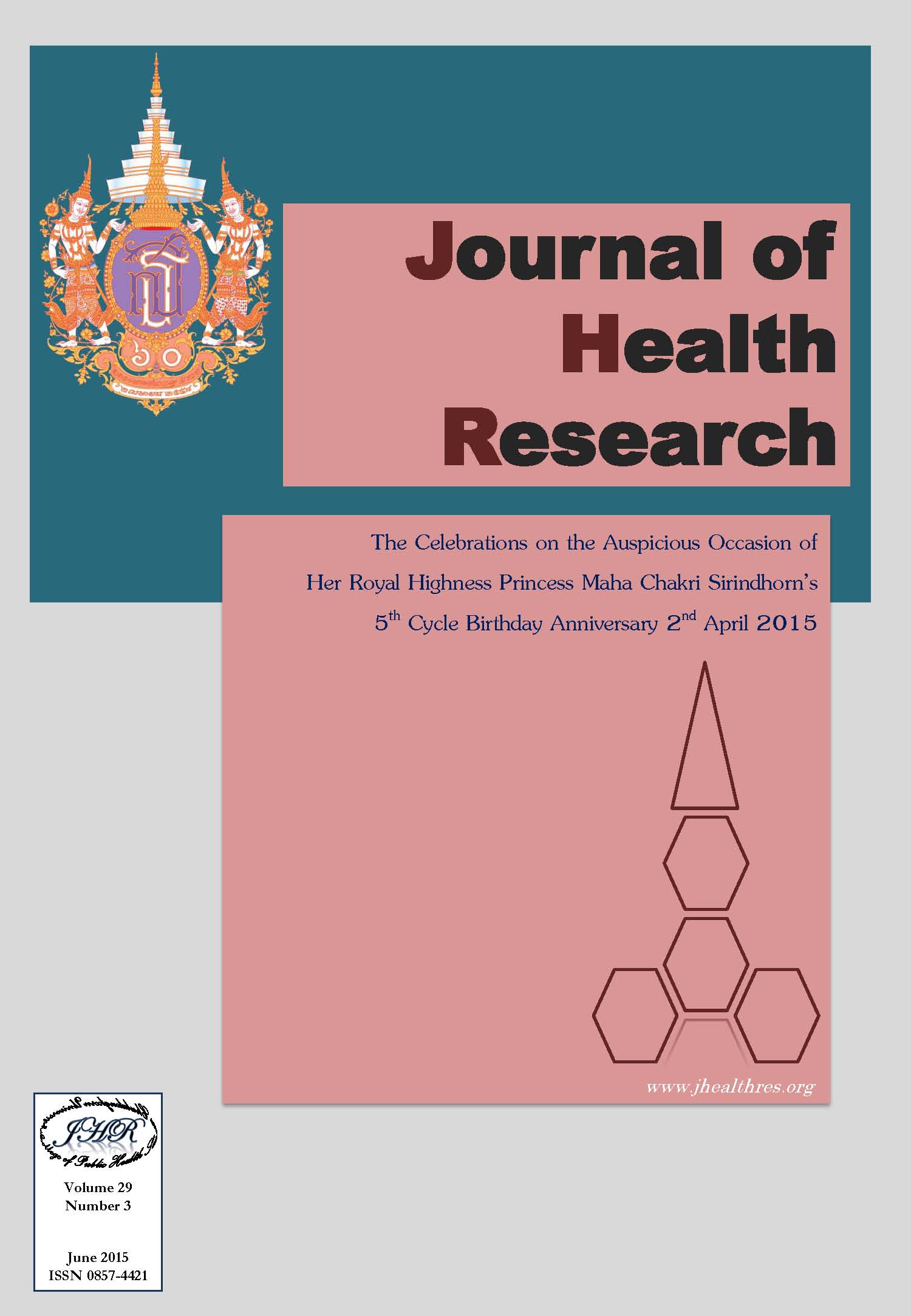Three Delays Related to Maternal Mortality in Myanmar: a Case Study from Maternal Death Review, 2013
Keywords:
Three Delays of Maternal mortality, Socio-demographic characteristics, Accessibility factorsAbstract
Background: Maternal mortality is not only due to medical causes but also due to the underlying social causes which create delays to get timely and appropriate interventions. This study aimed to describe the Three Delays of maternal mortality; the First Delay: delay in decision to seek care, the Second Delay: delay in reaching health facility and the Third Delay: delay in receiving appropriate care at health facility and to identify the socio-demographic characteristics and accessibility factors that contribute to delays related to maternal mortality.
Method: The study used monthly reports of maternal death review from 330 Townships of 14 respective States and Regions from January to December 2013. This report is done by community-based verbal autopsy method. A total of 863 maternal deaths were reported and analyzed for description. Of those died from direct causes and who had one type of Delay, either the First Delay or the Second Delay, 434 cases were involved in bivariate analysis.
Result: More than half of women faced delay in decisions to seek care followed by delay in receiving appropriate care at health facilities and delay in reaching health facilities. Majority of mothers were 35-39 years. Only one fourth of them had higher level of education. More than half of the women had no income generating work and 82% lived in rural area. Although more than half of the mothers had received antenatal care one to four times, the majority of deceased mothers’ first contacts were unskilled providers. Most of the mothers died during post-partum period due to direct causes. Although majority of mothers lived within 5 miles from health centre and could reach health center within 1 hour, nearly half of them took 1 to 2 hours or more to reach the nearest hospital. Bivariate analysis showed that among accessibility variables; duration to reach health centre and duration to reach hospital have significant negative association on the First Delay and positive association on Second Delay of maternal mortality (p<0.05 and p<0.01 respectively).
Conclusion: There was considerable gap in accessibility to adequate management of obstetric emergencies. Majority of mothers experienced the First Delay followed by the Third Delay and the Second Delay. Travel distance and travel time were actual obstacles that may have influence on the First Delay and the Second Delay of maternal mortality. Community support group should be formed to accelerate the maternal emergency referral process and transportation. Further studies are needed to explore factors contributing to the First delay such as recognition of obstetric complications, knowledge and attitude about maternal health care seeking and perception of local community on hospital care and quality of care. Need assessment should be conducted to determine the availability, utilization and quality of Emergency Obstetric Care services in existing hospitals and health centers (UHC/RHC). A comprehensive strategy for birth preparedness and complication readiness should be developed and implemented to reduce the delays related to maternal mortality.







